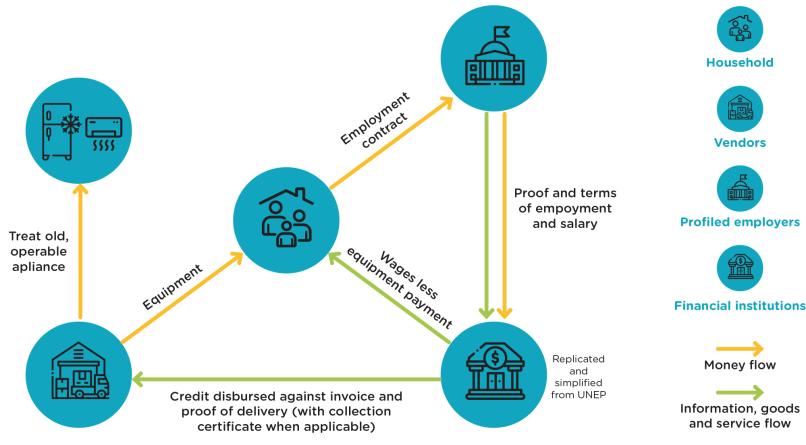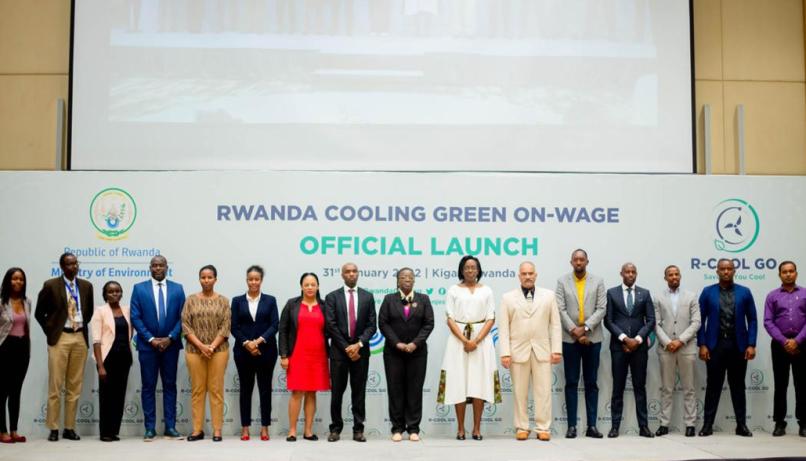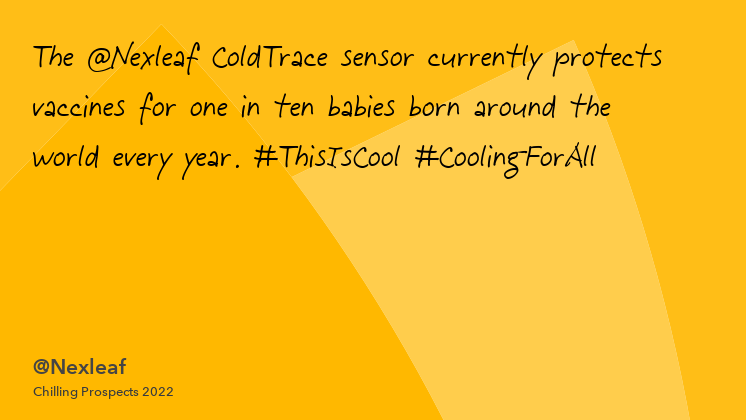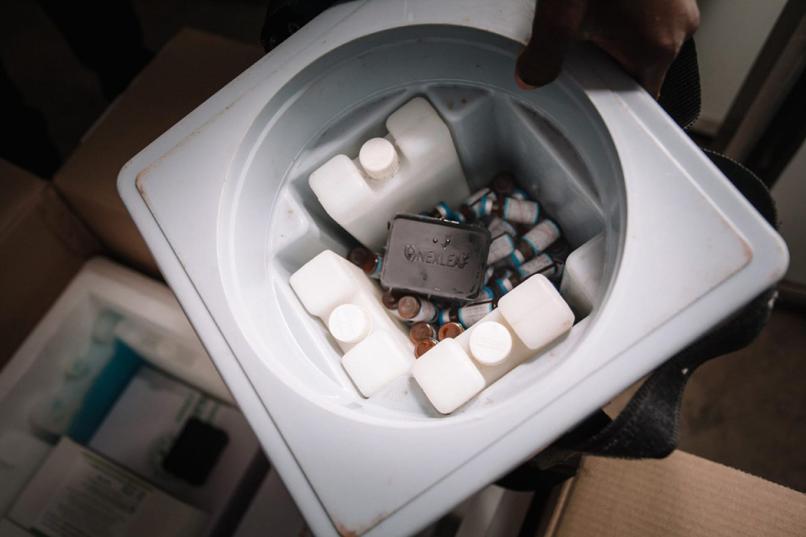Chilling Prospects 2022: Unlocking financing for energy-efficient cooling in Rwanda
Initial technical assistance by U4E and BASE entails integrated design and implementation with local partners from the public and private sector so that a smooth handover of responsibilities is orchestrated as early as practicable for a pathway toward self-sufficiency. The emphasis is on models that are replicable in Africa and beyond where rising incomes and electricity access are driving ever greater adoption of mechanical cooling. The initiative operates within the context of the challenges of local finance, including consumer loan interest rates that are often above 20 percent.
The technical team worked with the Government of Rwanda to negotiate discounts on the manufacturer’s suggested retail price (MRSP) of participating products to cover the cost of financing and offset the incentive for recycling old products. Such financial mechanisms can achieve a triple win: improve consumer access to high-quality equipment; safeguard the climate; and develop local financial intermediation services.
A robust set of well-enforced criteria, with ongoing monitoring and oversight, and compelling marketing are key to keeping all parties aligned toward the success of the programme while maintaining healthy competition among participants. These criteria should:
-
Enable grid-connected households and small enterprises (on-bill) and salaried employees (on-wage) to finance efficient refrigerators and air-conditioning systems that are otherwise likely more expensive to purchase than inefficient competing products.
-
For officials, link with relevant development policy targets and agreements, MEPS and labels, and opportunities to address energy security and economic competitiveness considerations.
-
Provide a common set of terms and conditions that are agreed upon by all participating parties, and monitor compliance to ensure a level playing field.
-
Offer capacity building for participating vendors, banks, utilities, government agencies and waste management companies to ensure they understand their roles and responsibilities – start with a pilot phase to test readiness.
-
Raise customer awareness through a dedicated marketing campaign.
-
Allow time for importation of products that meet the eligibility criteria, making the case through the anticipated market demand potential.
-
Ensure relationship building among participating actors to ensure smooth functioning, and exchanges of information (e.g., for applications).
-
Include a mix of competing vendors and banks to allow for diversity of options but with a suitable pipeline of opportunity where all can benefit.

The R-COOL GO mechanism
According to Chilling Prospects: Tracking Sustainable Cooling for All 2022 over 750 million Africans face cooling access challenges, and around half are on the brink of purchasing their first air conditioner or refrigerator. Even though a high-efficiency appliance typically costs consumers much less over its lifetime (due to reduced energy consumption), than an inefficient one, the higher upfront cost is a significant barrier for them. Moreover, they have no incentive to consider which refrigerant is utilized, so inefficient products utilizing high-GWP refrigerants remain predominant.

The R-COOL GO finance mechanism fixed a set of objectives and goals for newly certified sold appliances, unlocked finance, saved greenhouse gas (GHG) emissions and saved energy.
R-COOL GO from 2022 to 2025 (cumulative)





